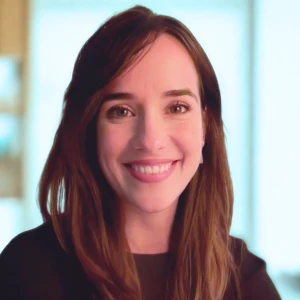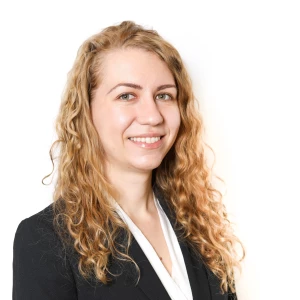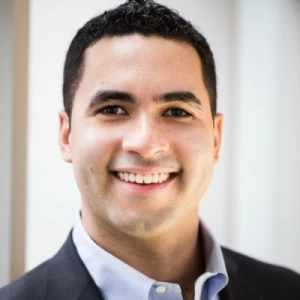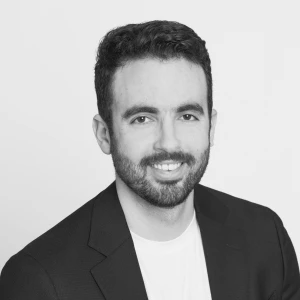Lets say you want to communicate your issue tree in a top-down way, and that you have a three layer structure. I certainly think it makes sense to go through all the categories you have in the first layer first, but when communicating the second layer, should I take one category and then communicate the buckets from the third layer that is "below" that category, or should I go through all categories at layer two before communicating layer three? Isn't it hard for the interviewer to follow if I use that approach?
Top-Down Communication

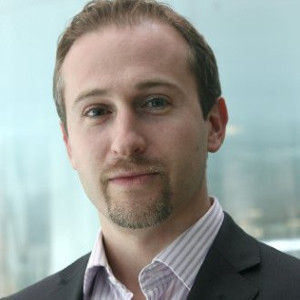
Hi there,
My view is that top down communication is not about communicating your issue tree from top to bottom. In order to get your message clearly acrsoss - you should start from outlining what you will be looking to achieve / learn / uncover using your structure.
For example: if the case is about deciding whether to launch a new product, and you use the business situation framework (customer, company, competitor, product), your opening statement should sound something like: "I would recommend the client to launch the product, if we can prove that the customers want it at a price the client can offer, the company has capabilities to produce and distribute the product, and none of the competitors commands a significant market power"
Afterwards you can present your framework bucket by bucket, in any of the ways suggested by the other experts.
Hope it helps!
Easier to answer your question by giving you an example: how I would communicate a Structure top down:
Top level: "To answer this question I would like at three things: Firstly, The market's attractiveness, secondly, the company's attractiveness, and thirdly, the associated risks"
Middle/third level: "...For risks, I would like to look at two types of risks: firstly, non financial risks, and secondly, financial risks. Under non-financial risks, I'd look at A, B, C. Under Financial risks, I'd look at X, Y, Z"
So, to summarise: Do the "2nd level within one of your top level buckets together, then deep dive into sub-bucket 1 and sub-bucket 2 etc. (as above). However, you shouldn't go through all of your level 2 buckets across your level 1 buckets together - as you note, this would be hard to follow.

Hi,
- Do the 1st level first
- Do the 2nd and the third level together
Here is the tip: Rotate your paper and walk the interviewer through your structure with a pen. Thus your logic will be clear to him.
Best!
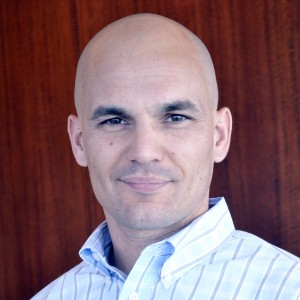
Your first option is right. Here is how I coach it:
1. Build the issue tree, start from the top and repeat the question
2. Go down one level, and just count + list all the big branches of the framework ("go horizontal")
3. Go back to the first branch, and describe it / explain what you want to know there ("go vertical"), then explain you go the the next branch (you need to remind me what that branch is by the way, and perhaps even the number it was associated with) and repeat
As you present the structure, I expect you to go at least 2 levels deep, but 3 is best. Someone today asked me if they should go to a 4th level... No! 4th is too much, and you likely won't have time to prepare or present to that granularity in a case anyway.


